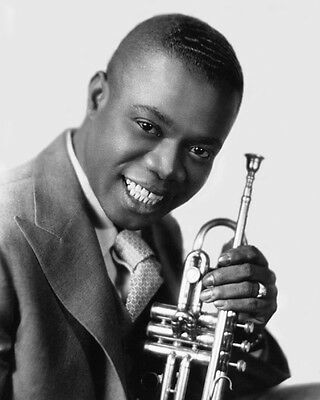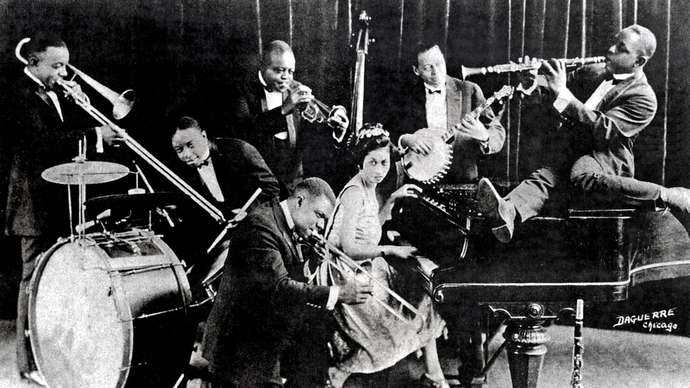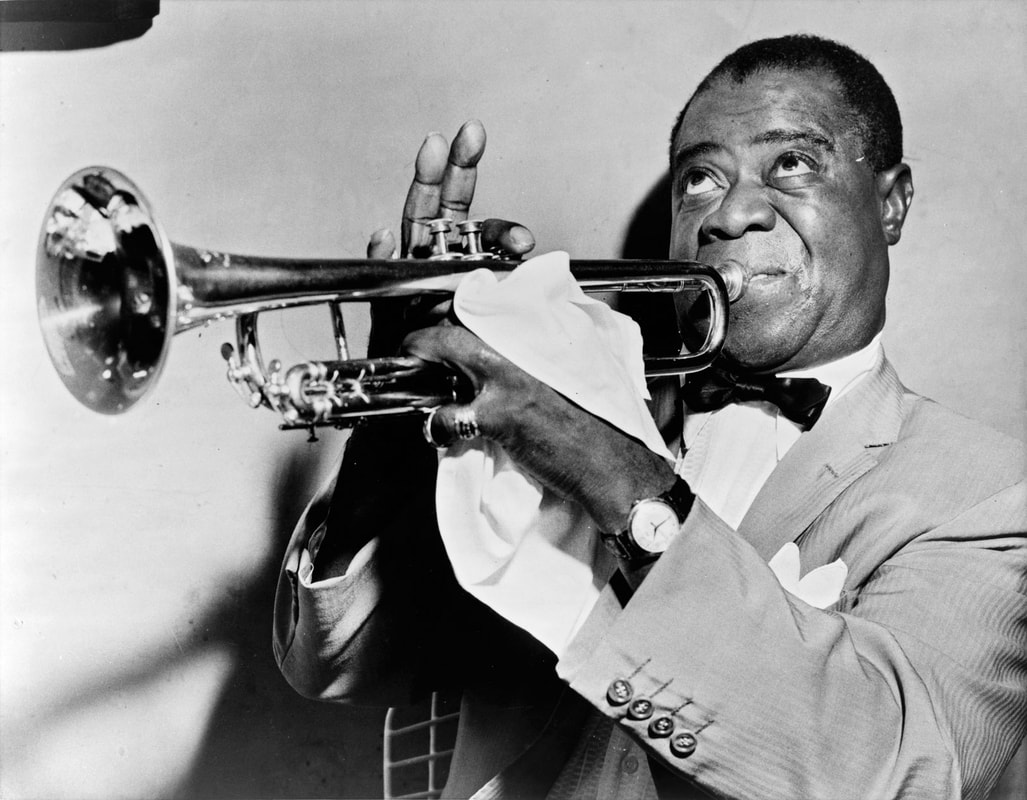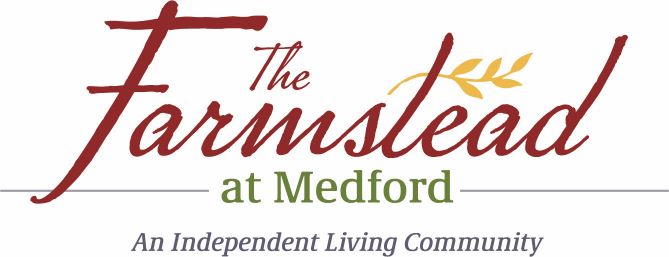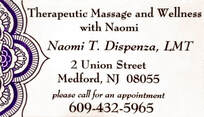United Through Arts celebrates Black History Month as we feature the achievements of the
Musicians of the Harlem Renaissance.
Musicians of the Harlem Renaissance.
Louis Armstrong
During the 1920s, Louis Armstrong brought a huge impact during the Harlem Renaissance within the Jazz world. The music he created was an incredible part of his life during the Harlem Renaissance. His impact touched many, including a well-known man during that time named Langston Hughes. The admiration he had for Armstrong and acknowledging him as one of the most recognized musicians during the era. Within Hughes writings, he created many books which held the central idea of jazz and recognition to Armstrong as one of the most important person to be part of the new found love of their culture. The sound of jazz, along with many other musicians such as Armstrong, helped shape Hughes as a writer. Just as the musicians, Hughes wrote his words with jazz.
Armstrong changed the jazz during the Harlem Renaissance. Being known as "the world's greatest trumpet player" during this time he continued his legacy and decided to continue a focus on his own vocal career. The popularity he gained brought together many black and white audiences to watch him perform.
Armstrong changed the jazz during the Harlem Renaissance. Being known as "the world's greatest trumpet player" during this time he continued his legacy and decided to continue a focus on his own vocal career. The popularity he gained brought together many black and white audiences to watch him perform.
BIOGRAPHY
Louis Armstrong was born in New Orleans, Louisiana on August 4, 1901. He was raised by his mother Mayann in a neighborhood so dangerous it was called “The Battlefield.” He only had a fifth-grade education, dropping out of school early to go to work. He grew up in dire poverty in New Orleans, Louisiana, when jazz was very young. As a child he worked at odd jobs and sang in a boys’ quartet. In 1913 he was sent to the Colored Waifs Home as a juvenile delinquent. There he learned to play cornet in the home’s band, and playing music quickly became a passion; in his teens he learned music by listening to the pioneer jazz artists of the day, including the leading New Orleans cornetist, King Oliver. Armstrong advanced rapidly: he played in marching and jazz bands, becoming skillful enough to replace Oliver in the important Kid Ory band about 1918, and in the early 1920s he played in Mississippi riverboat dance bands.An early job working for the Jewish Karnofsky family allowed Armstrong to make enough money to purchase his first cornet.
|
Fame beckoned in 1922 when Oliver, then leading a band in Chicago, sent for Armstrong to play second cornet. Oliver’s Creole Jazz Band was the apex of the early, contrapuntal New Orleans ensemble style, and it included outstanding musicians such as the brothers Johnny and Baby Dodds and pianist Lil Hardin, who married Armstrong in 1924.
The young Armstrong became popular through his ingenious ensemble lead and second cornet lines, his cornet duet passages (called “breaks”) with Oliver, and his solos. He recorded his first solos as a member of the Oliver band in such pieces as “Chimes Blues” and “Tears,” which Lil and Louis Armstrong composed. |
Armstrong was playing trumpet, and his technique was superior to that of all competitors. Altogether, his immensely compelling swing; his brilliant technique; his sophisticated, daring sense of harmony; his ever-mobile, expressive attack, timbre, and inflections; his gift for creating vital melodies; his dramatic, often complex sense of solo design; and his outsized musical energy and genius made these recordings major innovations in jazz.
|
|
Armstrong was a famous musician by 1929, when he moved from Chicago to New York City and performed in the theatre review Hot Chocolates. He toured America and Europe as a trumpet soloist accompanied by big bands; for several years beginning in 1935, Luis Russell’s big band served as the Louis Armstrong band. During this time he abandoned the often blues-based original material of his earlier years for a remarkably fine choice of popular songs by such noted composers as Hoagy Carmichael, Irving Berlin, and Duke Ellington.
|
|
In most of Armstrong’s movie, radio, and television appearances, he was featured as a good-humoured entertainer. He played a rare dramatic role in the film New Orleans (1947), in which he also performed in a Dixieland band. This prompted the formation of Louis Armstrong’s All-Stars, a Dixieland band that at first included such other jazz greats as Hines and trombonist Jack Teagarden. For most of the rest of Armstrong’s life, he toured the world with changing All-Stars sextets; indeed, “Ambassador Satch” in his later years was noted for his almost nonstop touring schedule. It was the period of his greatest popularity; he produced hit recordings such as “Mack the Knife” and “Hello, Dolly!” and outstanding albums such as his tributes to W.C. Handy and Fats Waller. In his last years ill health curtailed his trumpet playing, but he continued as a singer. His last film appearance was in Hello, Dolly! (1969).
|
|
|
TRIBUTE TO LOUIS ARMSTRONG
“What a Wonderful World!” Louis Armstrong is known for so many memorable tunes that have impacted musicians and hearts for decades. Perhaps no tune has had greater long lasting effect on all generations of all musical backgrounds than “What a Wonderful World”. These three young sisters and vocalists, ages 17, 12, and 10, sat down recently and sang this sweet tribute for the Medford Arts Center. Enjoy the beauty and innocence in the performance and that stay there hear, in their words, what this song has meant to them. Very powerful |
